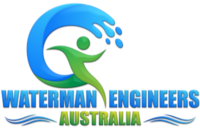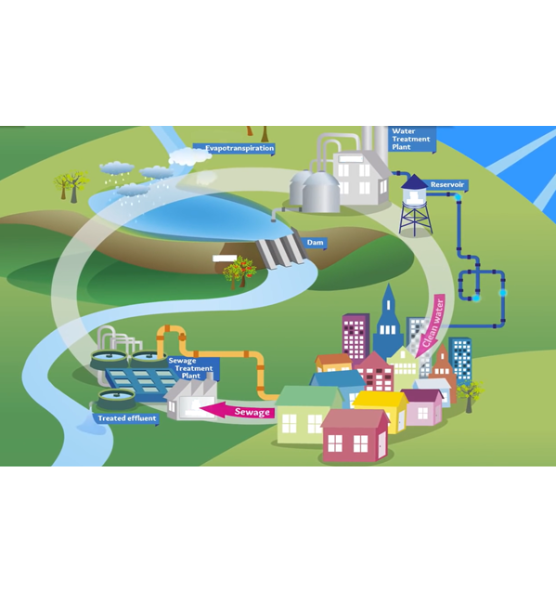
Every day, every hour, every minute, toilets, sinks, washing machines, drains, showers, sprays, dishwashers, and other household fixtures utilise water and produce sewage throughout Moreton Bay and the Sunshine Coast. The average person produces 162 litres of sewage every day.
What Is Sewage?
Most sewage (99%) is simply unclean water. The remaining portion consists of solids, chemicals, lipids, nutrients, nastiness, and a few things that shouldn't be in the sewage system. Poop alone is not sewage. Additionally, it includes anything you flushed down the toilet, sink, or drain. We offer sewage treatment plants that carefully remove and treat all sewage from your residences, workplaces, and educational institutions every day. As Sewage treatment plant manufacturer, we will tell you why it's so crucial to society.
Natural water cycle
Mother Nature used to clean the water through the natural water cycle before the world's population increased significantly and before there were always homes and other structures. Rain would fall on the earth, evaporate to form clouds, and then return as rain, snow, or sleet. But because of our increased water use and pollution, nature will no longer be able to keep up.
Urban water cycle
The urban water cycle is now available to assist Mother Nature. Huge dams are used to store water when it rains. Before it is ready for use by you, it is processed. After you use the water, the sewage is pumped from the subterranean pipelines to a sewage treatment facility where it is cleaned and processed before being securely released back into the environment. Our bodies are healthy, and our waterways are clean thanks to sewage treatment.
Sewage without proper treatment can have a negative effect on both our environment and our health. Numerous children in impoverished nations continue to perish each year from illnesses brought on by poor sanitation.
In fact, the flush toilet has been deemed the most significant advancement in medicine during the past 150 years. About 100 million litres of sewage daily with Waterman Australia. That is equivalent to several Olympic-sized swimming pools. Just consider what would occur if you didn't clean and treat it. What would become of it? What effects would it have on our health and the environment?
The sewage treatment process
Sewerage Network
Sewage enters a vast network of pipes that link your home to the sewerage network when it is flushed or drained away from your home. The entire system of sewer pipes, pumps, and treatment facilities is known as the sewerage network. Consider that raw sewage is currently travelling to a sewage treatment plant underneath.
Inlet works
The sewage is increased the sewage when it gets to the treatment facility to get rid of all the undesirable items. A wide variety of odd objects that shouldn't be there, including toys, false teeth, jewellery, and even underwear. Additional items that pose serious issues for the treatment plant include nappies, cleaning wipes, baby wipes, and fats and oils.
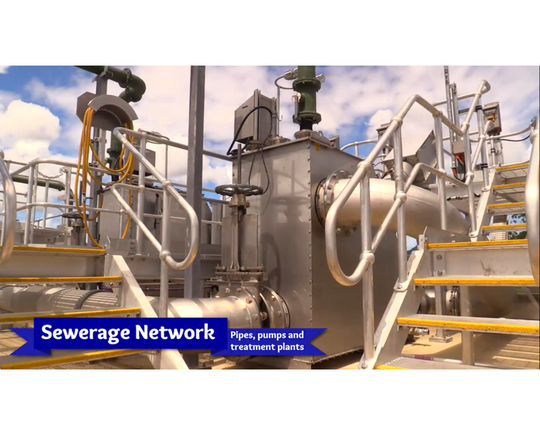
Balance Tanks
When all the sewage has been filtered, some treatment plants have specific tanks that house it all and limit the amount of sewage that can enter the facility at once. This ensures that the treatment is always of a high standard.
The Bioreactor
The treatment procedure begins when the sewage is released from the holding tanks. One enormous science effort is sewage treatment. It's a difficult procedure, and we need a little assistance from our good friends, the friendly bacteria. Fortunately, these large, voracious men enjoy eating all the organic materials in the sewage that we want to remove from the bug.
These creatures consume all the carbon and lower the phosphorus and nitrogen levels in the sewage, which can have an adverse effect on the health of our rivers. We therefore feed them in enormous bioreactors that are highly oxygenated.
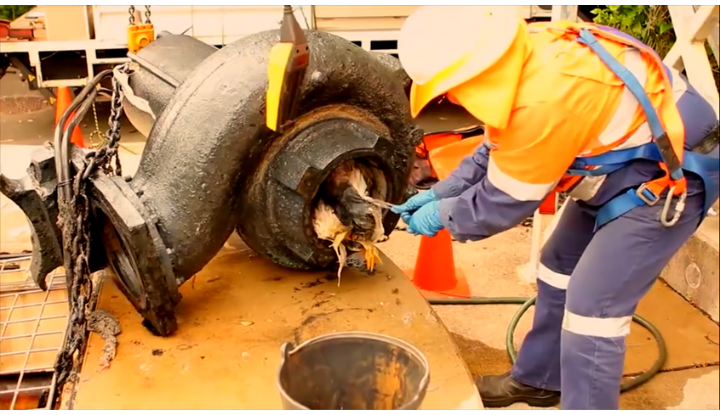
Disinfection
Move the sewage onto specialised clarifiers to separate the solids from the water once all the nutrients have been consumed. sludge or bio solids are terms used to describe solids.
After the sewage arrived at the sewage treatment plant, between 24 and 48 hours later. It has been cleaned, screened, filtered, disinfected, and tested. It has also been eaten up by bugs and broken down. Now that the water has been cleaned and treated, it is prepared to proceed through the urban water cycle.
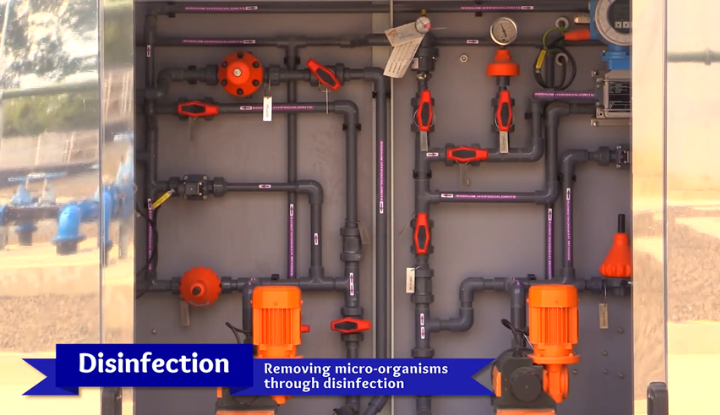
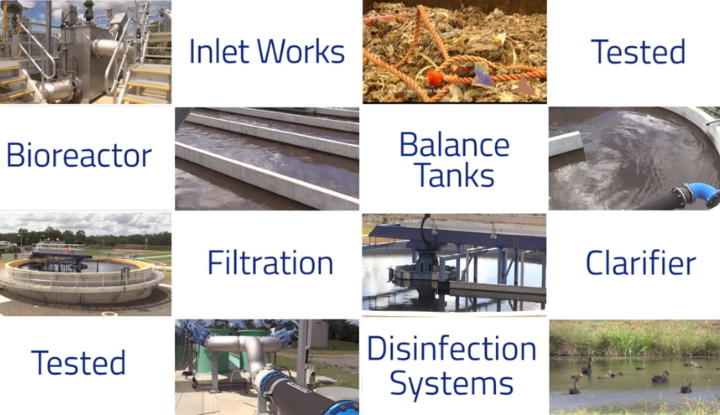
How do Sewage treatment plants work.?
Sewage from our houses, hotels, industries, and other facilities is transported via sewerage systems in cities and towns to sewage treatment plants, where it is cleaned up and then certified safe to release into other water sources.
As waste water treatment plant manufacturer, the wastewater is treated through several stages and procedures in order to remove contaminants.
1. Physical contaminants
2. Chemical contaminants
3. Biological contaminants
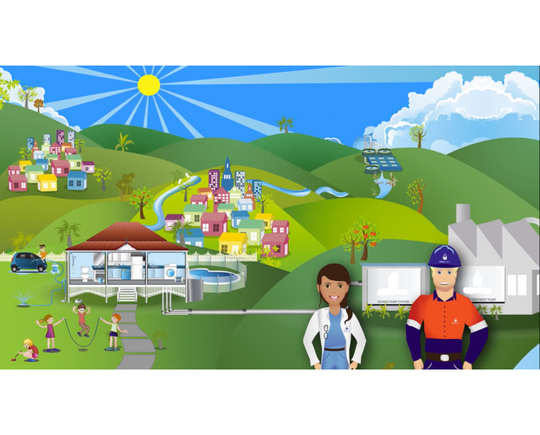
Pre-treatment process
In the pre-treatment stage, the sewage is passed through grids or vertical bars that can filter out big solids like paper, plastic, and metal cans.
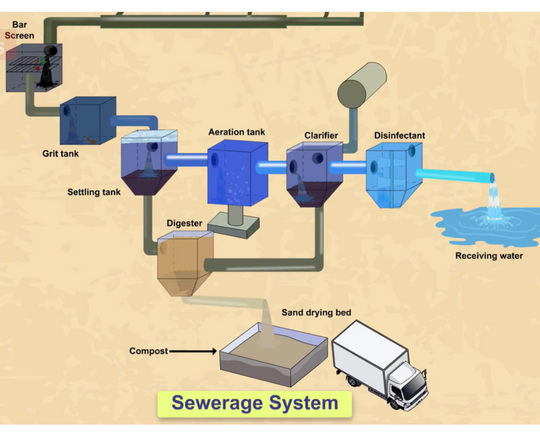
Primary treatment process
Sand, pebbles, and soil sink to the bottom of the grid chamber because of the slow flow of sewage during the first treatment process.
When wastewater enters the settling tank or sedimentation tank, where solid wastes like faeces are permitted to settle, wastes like soap, oils, and grease rise to the surface. Sludge and scum are the names for the waste material that sinks to the bottom and floats to the surface. After that, scum and sludge are removed every several days using the scraper and skimmer, respectively. Clarified water is the term for the water that is not used.
Secondary treatment process
Organic or biological wastes are eliminated during the secondary treatment procedure. The process is biological. This is performed by transferring the purified water to an aeration tank equipped with air blowers that create bubbles of air to encourage the growth of aerobic bacteria that consume organic pollutants including food waste, faeces, and other creatures. Activated sludge then gravitationally separates out of the mixture as it moves from the aeration tank into the clarifier.
The digester is where anaerobic bacteria break down the activated sludge that has been created together with the sludge from the primary phase. The remaining water in the activated sludge drains through the sandpits after some of it evaporates from the mixture. The remaining dried sludge is then left behind and can be used to create compost or fertilisers.
Tertiary treatment process
In the tertiary treatment stage, the leftover wastewater is treated with chlorine to remove microorganisms, phosphorus compounds, and nitrogen compounds that includes chemicals. To eliminate the microorganisms, chlorine pills are administered. Chlorination is the name of this procedure. The water is then directed into the bodies of water.
Sewage Treatment Plant Frequently Asked Questions :
1. What is the need for a Sewage treatment plant?
Sewage treatment plants perform wastewater treatment that helps remove removing contaminants from sewage to produce an effluent that is suitable for discharge to the surrounding environment or is intended for reuse. This is needed to prevent water pollution from raw sewage discharge. This water is then certified safe for release into other water sources.
2. What are the benefits of a Sewage treatment plant?
- Sewage treatment plants are cost-effective and efficient to operate with minimal maintenance.
- They are very reliable and produce a safe and cleaner environment.
- They can save natural resources for future generations to use.
- Easy to install even on the most challenging or space-restrained sites.
3. How does Sewage Plants work?
A Sewage plant works on the principle of circulating air to encourage the growth of bacteria to break down sewage. They are available in various sizes to treat the waste of industrial, commercial, and domestic dwellings.
4. What are the different types of Contaminants that need to be treated through different stages and procedures in the sewage treatment plant?
The three kinds of main contaminants that need to cleansed is-
- Physical Contaminants
- Chemical Contaminants
- Biological Contaminants
5. What is the pre-treatment process in the Sewage treatment plant and how does it help?
At this stage, the sewage is passed through vertical bars or grids and can filter out plastic, metal, or big solids like paper. Then follows the primary treatment process, and the pre-treatment in the plant makes the process much simpler and more efficient.
6. What is a sewage treatment plant, STP?
Wastewater from residences, commercial establishments, and industrial operations is processed and treated in sewage treatment plants. Sewage treatment plants filter out harmful substances from wastewater before releasing it into the surrounding area.
7. Can you tell me what the primary parts of a sewage treatment facility are?
Preliminary treatment, primary treatment, secondary treatment, and final disinfection are the basic components of a sewage treatment facility. Large pieces of dirt and grit are eliminated in the pre-treatment step, while solids and organic matter are taken out in the primary treatment phase. Dissolved and suspended organic matter, nutrients, and other contaminants can be eliminated during the secondary treatment step, while hazardous bacteria can be eliminated during the disinfection phase.
8. Can you tell me about the many septic tank facilities that exist?
Activated sludge plants, trickling filter plants, rotating biological contactors, and membrane bioreactors are just a few of the many sewage treatment plant types available. The plant used is chosen to meet the needs of the community or industry it serves.
9. How does a sewage treatment plant impact the environment?
Both positive and negative effects on the natural world can be caused by a sewage treatment facility. A sewage treatment plant has the potential to lessen water pollution by filtering harmful substances out of wastewater before it's released back into the environment. On the negative side, a sewage treatment plant can also use a significant amount of energy, produce greenhouse gases, and generate waste products that must be disposed of.
10. Is sewage treatment plant water safe to drink?
While the water that comes out of a sewage treatment plant is treated and disinfected, it is not typically safe to drink. The water is usually used for irrigation or discharged into rivers, lakes, or oceans. To make the water safe for drinking, it must go through additional treatment processes.
11. When should you perform maintenance on your septic system?
Maintenance on a sewage treatment plant is essential to keeping it running smoothly and efficiently. The plant's size, the methods of treatment employed, and other criteria will determine how often upkeep must be performed. In general, a sewage treatment plant should be inspected and maintained at least once a year, and more frequently if problems are detected.
12. How can I prevent clogs in a sewage treatment plant?
To prevent clogs in a sewage treatment plant, it is important to avoid flushing inappropriate materials down the drain, such as sanitary products, wipes, and cooking grease. These materials can clog pipes and cause damage to the treatment plant. Homeowners and businesses should also ensure that their septic systems are properly maintained and serviced.
13. What kind of bacteria does the sewage treatment plant use?
Remediation methods for wastewater often include the use of anaerobic microbes. They make methane fermentation of sewage sludge possible, which in turn facilitates the deconstruction of complex organic macromolecules into their constituent parts.
14. Which filter is employed in sewage treatment?
Trickling filters are used to remove organic matter from wastewater (TFs). The TF is a type of aerobic treatment system that uses attached microorganisms to remove organic pollutants from wastewater.
15. What kind of sewage treatment facility is ideal?
For 2023, we favour The Waterman Engineers Australia STP. With the lowest operating and maintenance expenses of any packaged treatment plant in its class, The Waterman engineers Australia provides anyone with off-mains sewage disposal needs with a dependable, efficient, and environmentally friendly option.
16. What are the primary goals of sewage treatment process?
- To raise wastewater quality.
- Elimination of harmful substances, contaminants, and many others.
- Preservation of the natural water resources' water quality.
- To transform wastewater into something useful.
- Avoiding hazardous infections.
17. What are the BOD and COD in a sewage treatment plant?
The term "biochemical oxygen demand" refers to the amount of oxygen required for microbial decomposition of organic matter (BOD). Chemical oxygen demand refers to the amount of oxygen needed to oxidise organic matter (COD).
18. What is the primary sewage source?
Everyday household tasks like as taking a shower, flushing the toilet, washing clothes, and cleaning dishes all result in wastewater. It has domestic or residential origins. Non-residential establishments like spas, taxidermy labs, furniture restorers, instrument washers, and auto body shops are all major contributors to commercial wastewater.
19. How long ought a sewage treatment facility to operate?
Our systems don't need a lot of maintenance, despite popular belief. They can easily survive up to 20 years with appropriate care and just need to be emptied out once or twice a year. They can be quite expensive to fix or replace if they are overused or badly maintained, which will dramatically shorten their lifespan.
20. Why is the colour of sewage water black?
The development of sulphide (formed under anaerobic circumstances) interaction with the metals contained in sewage is what gives the water its dark grey/brown and black colour.
21. How acidic is STP?
The pH of water discharged by sewage treatment facilities typically ranges from 6 to 9. Domestic sewage from residents has a straight forward composition, and its PH value is typically maintained at around 7.
22. What distinguishes STP and ETP from one another?
Municipalities mostly employ STPs, or sewage treatment plants, to remove toxic components from sewage. Industries typically utilise effluent treatment plants, or ETPs, to treat toxic and chemical waste.
23. How does PE affect sewage?
The estimation of projected flow rates can be done in a variety of ways. One approach is to determine the "population equivalent" (PE) of a catchment, a design parameter, and translate it into a flow rate. The PE is a projection of the amount of wastewater treatment facility consumption. It is not a population count.
24. Can you take a bath in STP water?
Many of our customers have expressed a desire to repurpose sewage treatment plant processed water (STP). This water is primarily suggested for use in car washing, toilet flushing, landscape irrigation, and basement and bathroom cleaning. Reusing is a reasonable answer with a noble intention.
